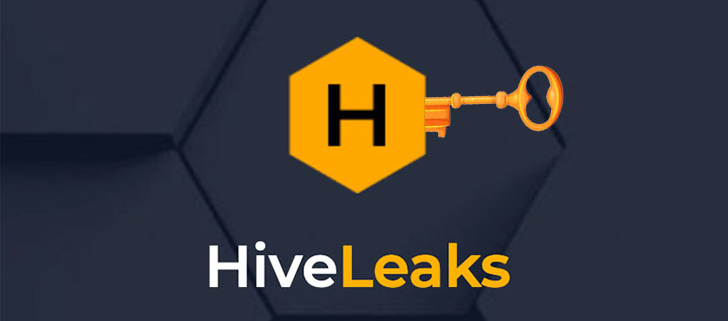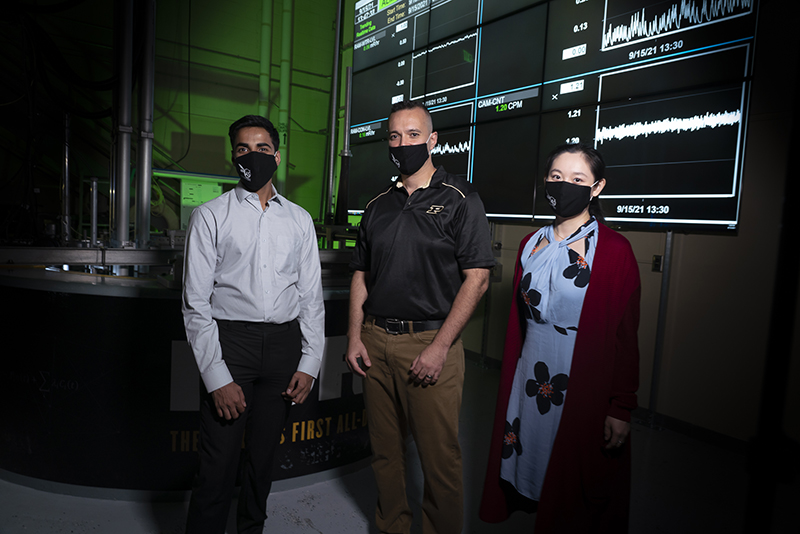What is the Blake256r14 Algorithm? Blake256r14 Coin List
Cryptographic hash functions are vital security components of current computers. They form a key part of digital signatures, message authentication codes, and other security protocols.
So far, there are four series of cryptographic hash functions generally known as Secure Hash Algorithms (SHA). These are SHA-0 (published in 1993), SHA-1 (published in 1996), SHA-2 (published in 2001), and SHA-3 (published in 2015).
In 2007, the National Institute of Standards and Technology (NIST) opened a public competition to develop new hash functions that would replace SHA-2.
The competition accounted for 51 participants. BLAKE was announced as one of the five finalists in 2010, but lost to Keccak in 2012, which was selected for the SHA-3 algorithm.
Blake256 or Blake256r14?
Blake256 and Blake256r14 are virtually the same, the only difference being their rounds of hashing. The first Blake256 had only 10 rounds of hashing, but this was less secure. Therefore, the rounds of hashing were increased to 14 to improve the security. This birthed Blake256r14 or Blake 14r.
What is Blake256r14?
Blake256r14 was constructed based on the Hash Iterative Framework (HAIFA). This framework fixes the security flaws and complexities associated with the Merkle and Damgård hash function. Because it is built on HAIFA, Blake256r14 is easy to analyze. It also increases the security of iterative hash functions. Its 14 rounds of hashing not only improve its security, but its speed.
Being a SHA-3 finalist means that it was reviewed carefully and also brutally attacked by renowned crypto analysts in order to identify its security flaws. Blake256r14 allows efficient hardware implementation leading to stronger proofs necessary for network security.
Blake256r14 and Crypto
Blake256r14 is not used widely as a hashing algorithm in crypto. Only one coin uses this algorithm: Decred.
Decred (DCR)
Currently ranked 83rd by market capitalization, Decred was created in 2016 to foster open governance, community engagements and sustainable funding policies. The project was designed so that the community validates every transaction and modification made to the…








